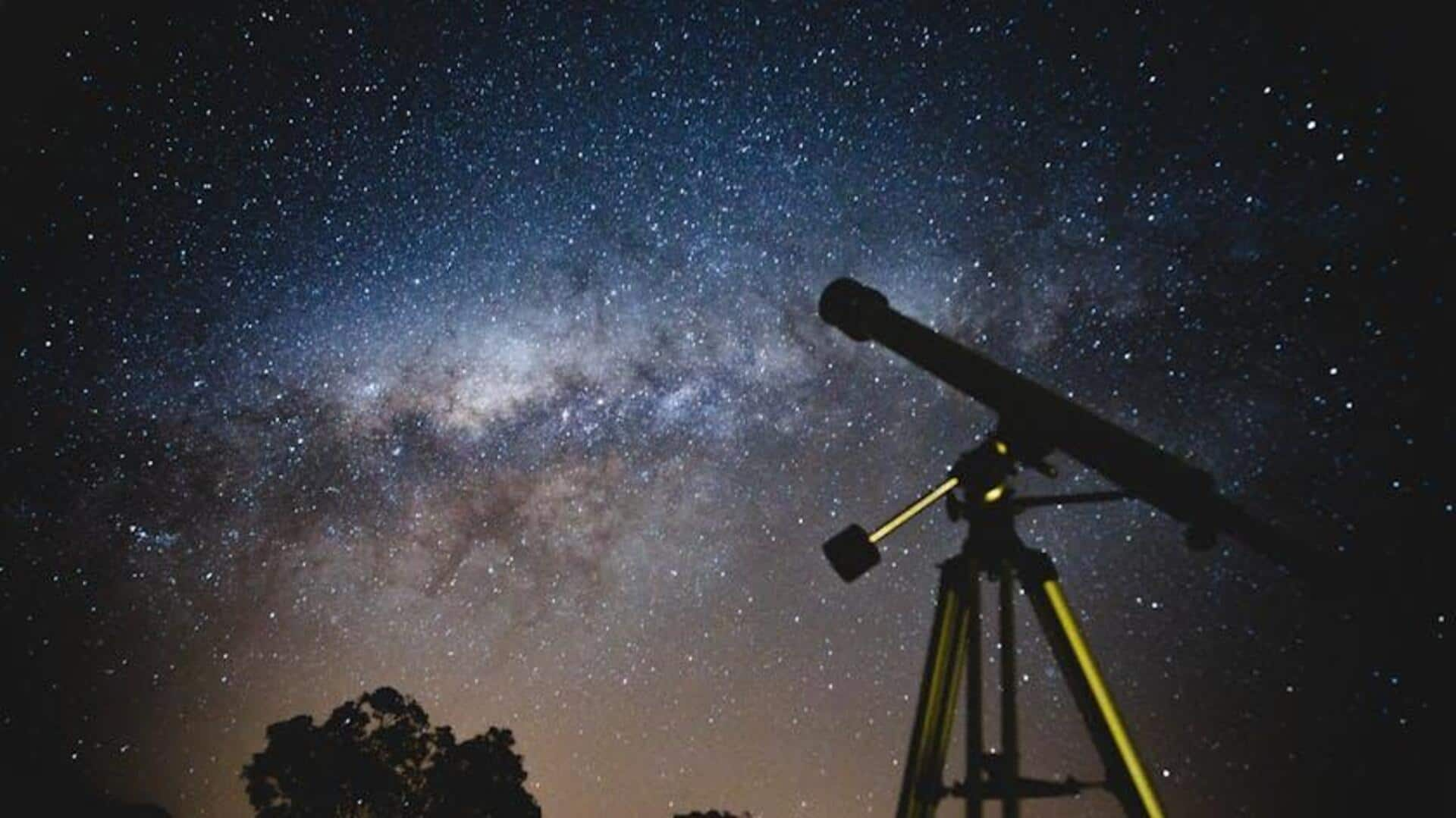
High-altitude star parties: The ultimate stargazing adventure
What's the story
High-altitude star parties offer a unique stargazing experience far from city lights, where the thin mountain air provides a clearer, brighter view of stars, planets, and galaxies. This article is a must-read for anyone planning a telescope trek to the mountains, highlighting the advantages of higher altitudes for enhanced celestial observations.
Location
Choosing the right location
The most crucial part of planning a high-altitude star party is choosing the perfect location. Opt for places renowned for their clear skies and low light pollution. National parks and secluded mountain ranges are usually perfect. It should be high enough to minimize atmospheric disturbance but low enough to ensure you can trek safely. Understanding weather patterns is also important. Even the clearest skies can be cloudy sometimes.
Gear
Preparing your gear
When packing for a telescope trek, you should consider both your astronomical equipment and personal gear. A compact and durable telescope that can handle the rough and tumble of the trail is a must. Bring along extra lenses, a tripod, and a red flashlight (this helps maintain your night vision). For personal items, bring warm clothing (think layers), sturdy hiking boots, food, water, and emergency supplies (like a first-aid kit).
Navigation
Navigating at night
Nighttime hiking presents its own set of challenges, so it's crucial to come prepared. Scout the landscape during the day if you can. Rely on maps and GPS gadgets to navigate under the stars. Stick to designated paths to avoid getting lost or damaging delicate ecosystems. A headlamp with a red light option is key for maintaining visibility without ruining your night vision for stargazing.
Safety
Safety first
Mountain environments are often unpredictable, with sudden weather changes potentially leading to life-threatening situations such as hypothermia or altitude sickness. Always check weather forecasts before leaving and equip yourself accordingly with suitable gear and clothing. Always tell someone where you're going, what you're doing and when you plan to be back. Always trek in groups, never alone. This is particularly important when navigating difficult terrains at night.
Etiquette
Respectful stargazing etiquette
Being a responsible stargazer means following a few simple rules while enjoying the cosmos. Keep noise to a minimum, use lights only when necessary, stick to designated paths, and leave nothing behind. Sharing telescopes can make the experience even better, but always ask before using someone else's equipment. Remember, keeping our skies dark means future generations can also enjoy these stellar views.